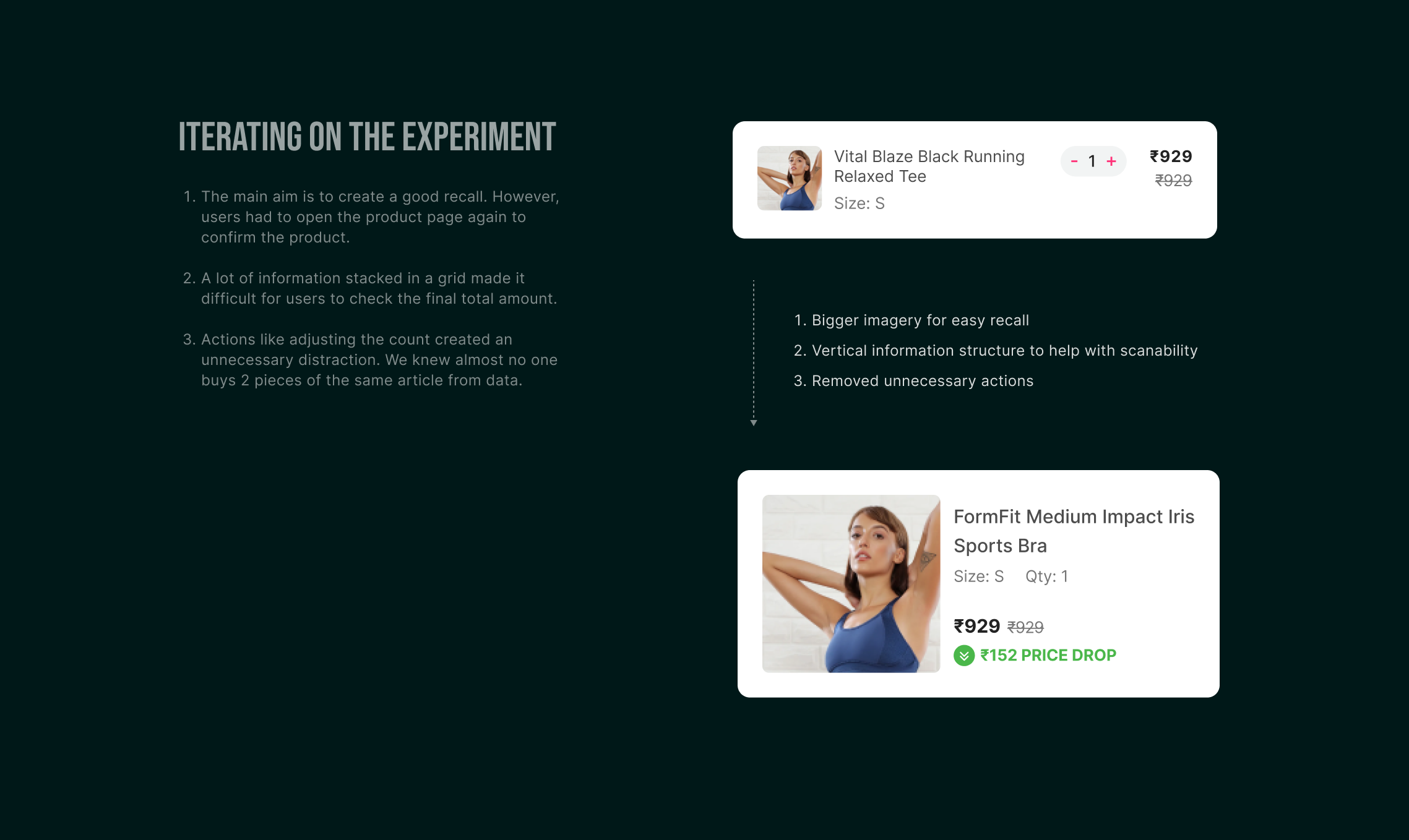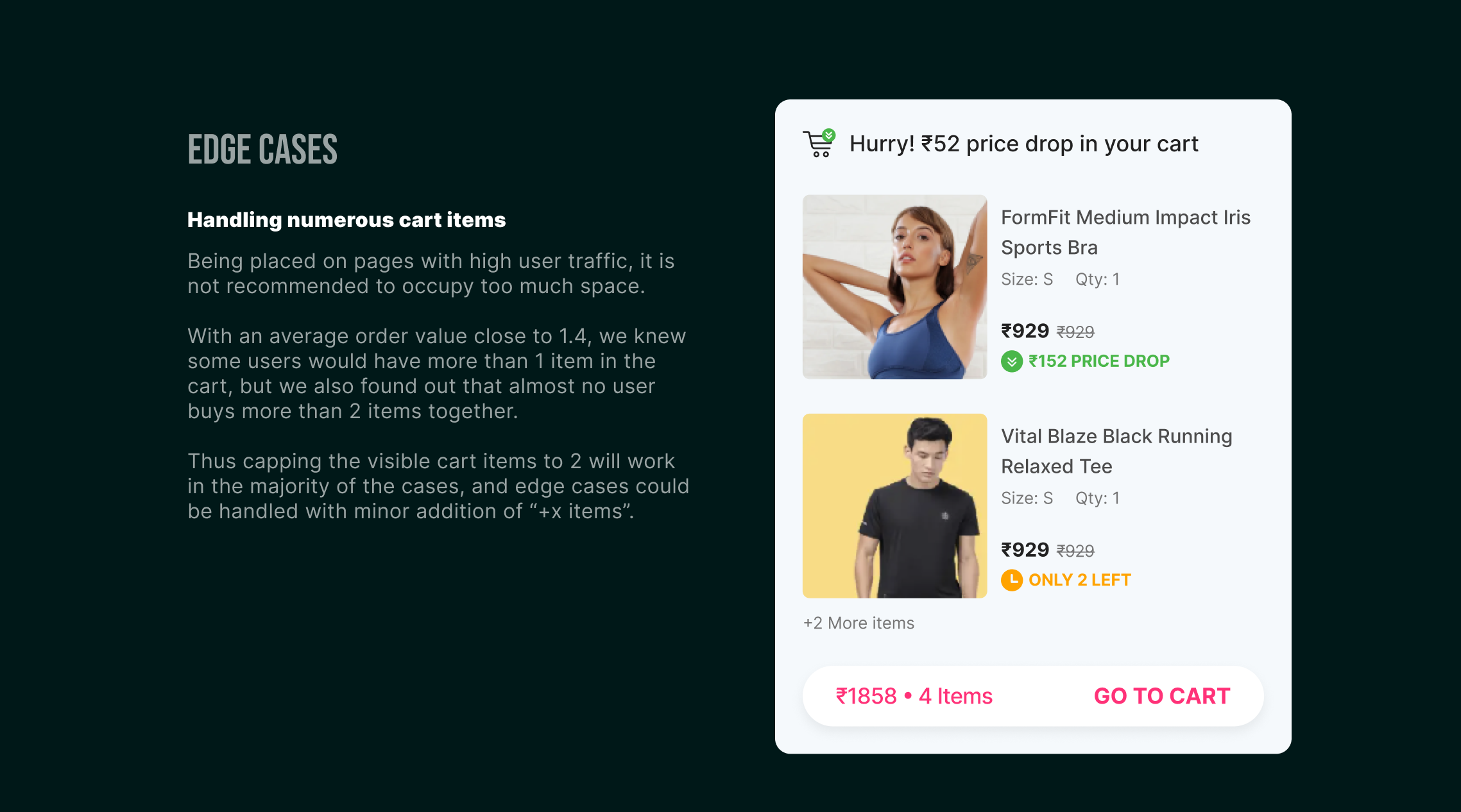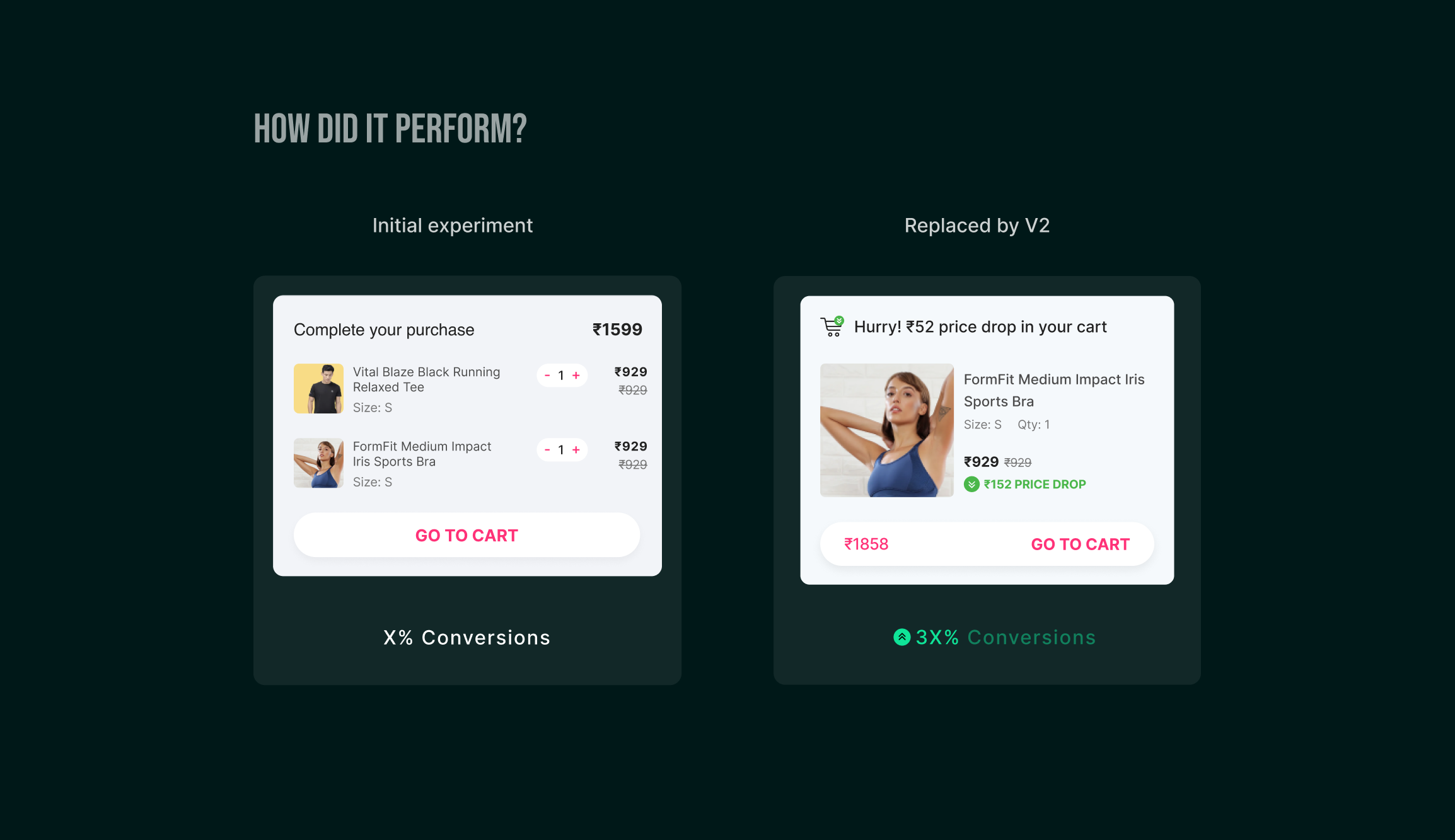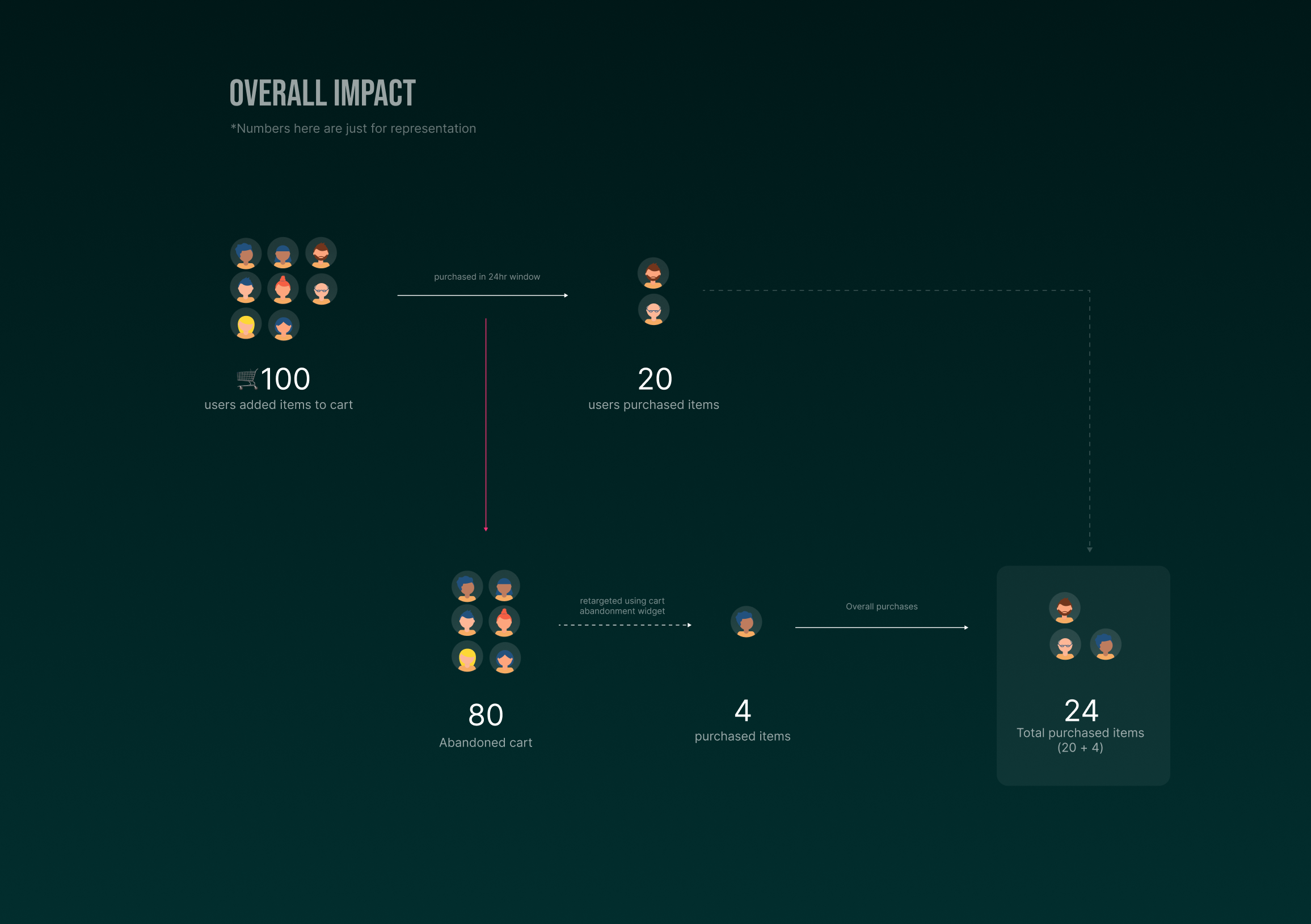

After around 8 months of working at cultfit, I moved to a new team: Team Wellness. And the first and exciting project that came to us was cross-selling wellness products to fitness users. Of the massive project, a small part was cart abandonment, an experiment that turned out too good to be true. But firstly
“Abandonment is an e-commerce term used to describe a visitor on a web page who leaves that page before completing the desired action.”
Shopping cart abandonment refers to visitors who add items to their online shopping cart but exit without purchasing. This somehow feels counterintuitive; if a user has made all the effort to find, select a thing, and add it to the cart, why won’t he purchase it?


The average cart abandonment rate globally lies somewhere around 72% according to statista.com, which means that out of 100 users who add something to the cart, only 28 will make payment. This looks like a huge percentage, and probably that’s why e-commerce sites focus so much on a clear visible cart, cart abandonment mailers, push notification, etc

Cult.fit provides a range of services and products from gym memberships to healthy food delivery and a lot more. Of all the verticals, a good business comes from e-commerce i.e. fitstore. Users can buy apparel, equipment, and supplements from here, and with every e-commerce comes cart abandonment.



On Fitstore, ~20% of users purchase within 24 hours of adding to the cart (d0 purchases), with nearly zero purchases on d1 and none beyond that.
TTo boost orders, we should re-engage the 80% who don't buy within 24 hours, as they are unlikely to convert on their own.
To quickly check the hypothesis, we build a widget using the existing atoms in the library and placed it on pages with good overlap of high DAU and our target audience.


We conducted a 2-week A/B test comparing marketing banners to a targeted cart abandonment widget, analyzing view-to-purchase conversions. The widget achieved a strong 0.8% conversion rate, driving purchases from users who typically wouldn’t buy on days 1 and 2, boosting overall revenue.
Additionally, the widget's conversion rate was 40X higher than the replaced banners, thanks to its high targeting precision for users likely to convert




Along the whole time of experiment we collected some qualitative data from internal users as well which became a foundation of our next step to the project.











